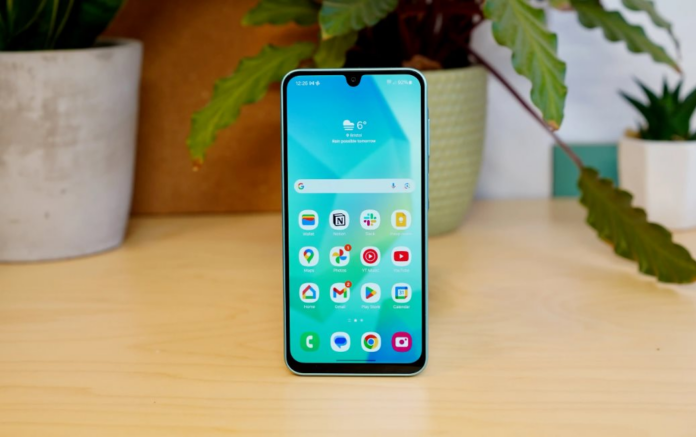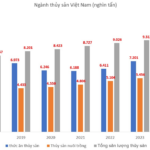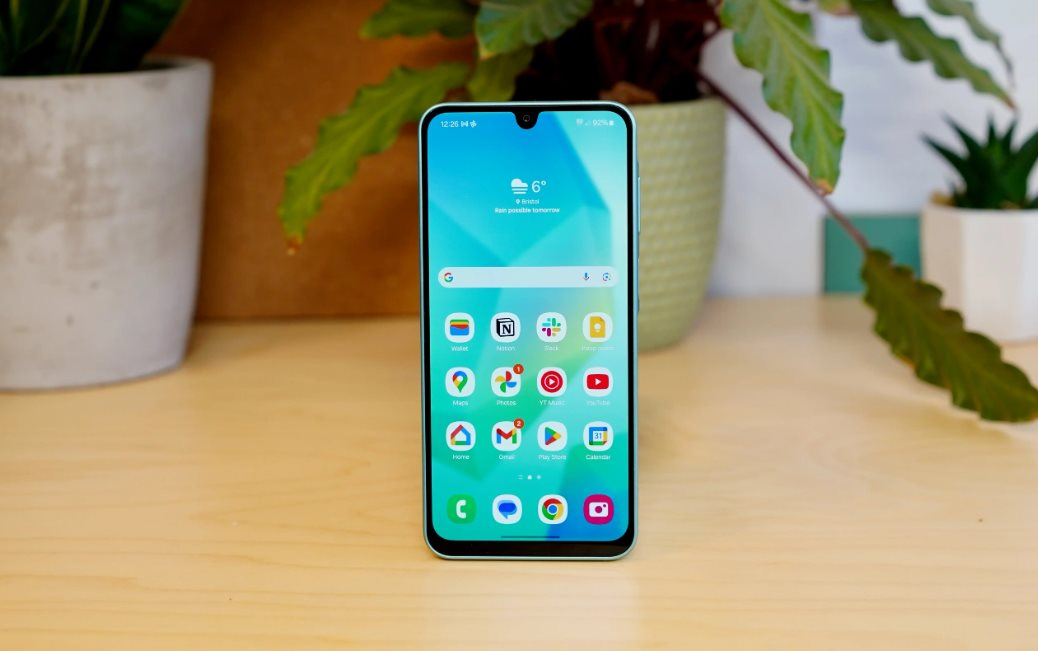
A surprising comparison was drawn by Android Police’s tech reviewer, Stephen Radochia, who pitted the Samsung Galaxy S25 Ultra against the Galaxy A16 – a flagship device and a budget option.
His aim was to highlight how consumers are often paying a premium for features they may not fully utilize. Radochia believes that most of us don’t need such high-end performance and that our daily needs can be met by a device costing a fraction of the price.
Here’s his take on the two devices:
Galaxy S25 Ultra: Impressive but Pricey
While the Galaxy S25 Ultra is undoubtedly a superior smartphone to the Galaxy A16, it also carries a hefty price tag, retailing at around 28 million VND compared to the A16’s price of just over 5 million VND.
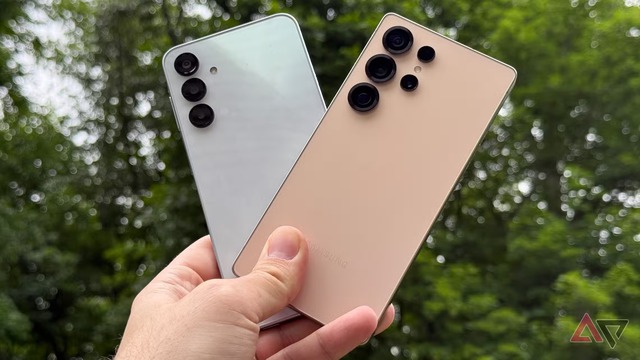
The Galaxy S25 Ultra and Galaxy A16 don’t look too different.
Radochia acknowledges the advantages of both devices, allowing buyers to decide if the extra cost is truly necessary, or if a surprisingly capable phone at a lower price point would suffice.
The Galaxy S25 Ultra demands a high price, but it delivers an exceptional experience. It boasts one of the best displays on a smartphone, with an anti-reflective coating that enhances visibility. The screen’s vivid saturation makes for an immersive movie and gaming experience.
Performance-wise, it lives up to expectations for a flagship device powered by the Snapdragon 8 Elite. The S25 Ultra handles tasks with ease and is capable of Galaxy AI functions. If you’re into photo or video editing on your phone, this device won’t let you down.
For mobile gamers, the S25 Ultra is a worthy investment. Demanding games like Genshin Impact run smoothly at high settings, and it easily handles casual games like Pokémon GO.
The S25 Ultra also offers future-proofing. While the A16 may start to slow down over time, the S25 Ultra will continue to perform well. If you plan to keep your phone for several years, the higher price may be justified.
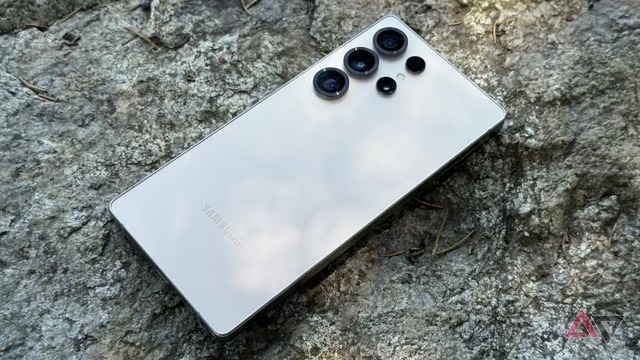
The Galaxy S25 Ultra remains an excellent flagship device.
The camera on the S25 Ultra is also significantly better and more versatile than the A16’s. Samsung’s warm tone enhancement makes social media-ready photos, and the telephoto and ultra-wide capabilities surpass the cheaper model.
While Galaxy AI isn’t for everyone, Samsung consistently adds new features, and its value will only increase over time. The S25 Ultra gets the latest AI features as they release and will continue to do so thanks to its powerful hardware.
Initially, there were concerns about the power efficiency of the Snapdragon 8 Elite, but these worries were unfounded. The S25 Ultra delivers impressive battery life.
While it may not quite last a full two days on a single charge with mixed usage, it comes close. It also offers faster 45W charging compared to the A16’s 25W, along with wireless and reverse wireless charging, which are absent on the budget Samsung.
Samsung’s flagship is also more durable. It has an IP68 rating for dust and water resistance and is protected by Gorilla Glass Victus 2 on both the front and back, with a titanium frame for a premium feel.
The S25 Ultra exudes quality and luxury, which is important to certain buyers.
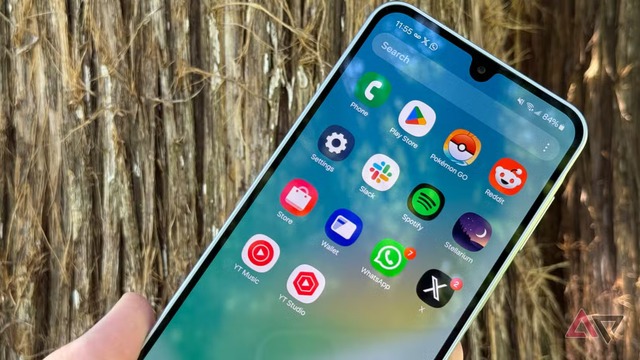
The Galaxy A16 boasts an impressive display for its price point.
Galaxy A16: More Than Meets the Eye
While Radochia appreciates the S25 Ultra’s display, he also commends the Galaxy A16 for having one of the best screens he’s seen on a budget device. The 6.7-inch Super AMOLED display is brighter and more color-accurate than last year’s model.
The visuals are stunning, and although the contrast isn’t as deep as its pricier sibling, it’s still an enjoyable experience. We view our phone screens 100% of the time we use our devices, and it’s refreshing to see manufacturers incorporating high-quality displays in their budget offerings.
The Exynos 1330 (or MediaTek 6300 in some regions) powering the Galaxy A16 is undoubtedly a budget chipset, especially with just 4GB of RAM (some regions offer an 8GB variant).
You’ll encounter some lag, but it’s still usable. Scrolling through Instagram and playing Pokémon GO are smooth experiences.
Radochia wishes the A16 had a little more RAM, as the system often closes apps to free up memory, but overall, it gets the job done.
You won’t get the latest AI features or seamless photo editing capabilities, but not everyone needs these functions.
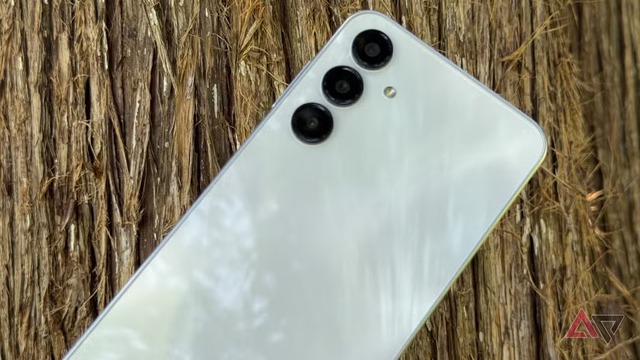
Most daily tasks are handled with ease, and you save over a million VND in the process. If you want a phone that simply functions as a phone, the A16 is a solid choice.
Thanks to its budget chipset, the Galaxy A16 is power-efficient, allowing Radochia to use it for almost two days on a single charge. Samsung equipped the A16 with a large 5,000mAh battery. Although it doesn’t have the fastest charging speed at just 25W, he’s satisfied with the overall battery performance.
Budget phones often received short shrift when it came to software support. They’d be lucky to get one or two years of OS upgrades and maybe an extra year of security updates. Thankfully, this has changed, and Samsung is promising six years of support and upgrades for the Galaxy A16.
This is excellent news for those who hold onto their devices for longer, and it’s a welcome shift to see extended support reach more affordable options. Optimized smartphones with reliable software updates shouldn’t be exclusive to premium devices, and it’s encouraging to see this mindset change from manufacturers.
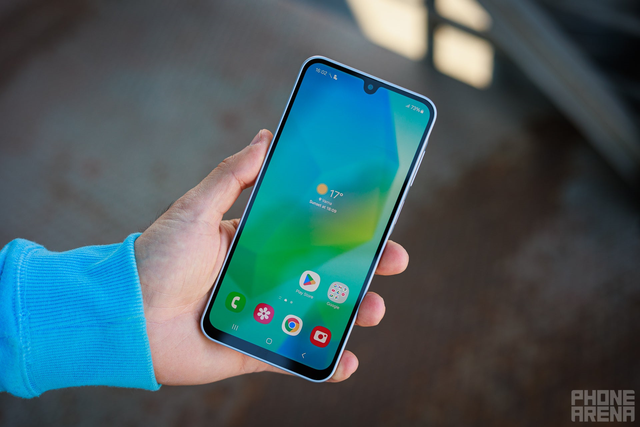
Technically, the Galaxy A16 has three camera sensors, but Radochia only rates one of them highly. The ultra-wide-angle lens shows a significant drop in quality, and the macro sensor is almost unusable.
However, the 50MP main sensor captures stunning photos in good lighting conditions, delivering vibrant and sharp images that are perfect for memories or social media likes.
Not everyone needs DSLR-level performance from their smartphone camera, and if expectations are managed, the A16 will impress.
The comparison between the Samsung Galaxy S25 Ultra and Galaxy A16 highlights a significant price and performance gap. However, it also showcases that there isn’t a huge difference in features across most smartphones, regardless of price, prompting buyers to consider what they truly need.
We are often influenced to spend more on powerful smartphones than we may need, and it’s wise for savvy consumers to consider more affordable alternatives.
The Stealthy “King” of Chinese Smartphones Unveils a Surprise: A Truly Unique Offering
Transsion, a Chinese company with a stronghold in the African phone market, has set its sights on conquering the continent’s roads. With a dominant presence in the phone sector, the company now aims to replicate its success by expanding its reach and making its mark on Africa’s transportation infrastructure.
The Electric Two-Wheeler: A Smartphone Brand’s Dizzying Pivot.
“If successful, this could be a rare example of an Eastern company achieving cross-sector dominance. With a unique approach and a diverse range of services, this organization has the potential to break free from the confines of its regional market and make a global impact.”
“Ag Giant, an American agricultural behemoth with revenues 18 times that of SpaceX, has decided to exit the aquafeed business in Vietnam, despite once raking in substantial profits.”
Cargill, a prominent player in the aquafeed industry, has made significant investments in Vietnam prior to its exit. With a substantial investment of approximately $160 million, the company established 12 state-of-the-art aquafeed and animal feed mills across the country, boasting an impressive annual capacity of 1.6 million tons.
Trump Threatens to Make Apple and Samsung ‘Uneasy’
According to the Korea Herald, President Donald Trump’s threat of a 25% tariff on Apple and Samsung Electronics has sent shockwaves through the two leading smartphone manufacturers and their partner companies. This decision could potentially disrupt supply chains and drive up phone prices in the crucial US market.

